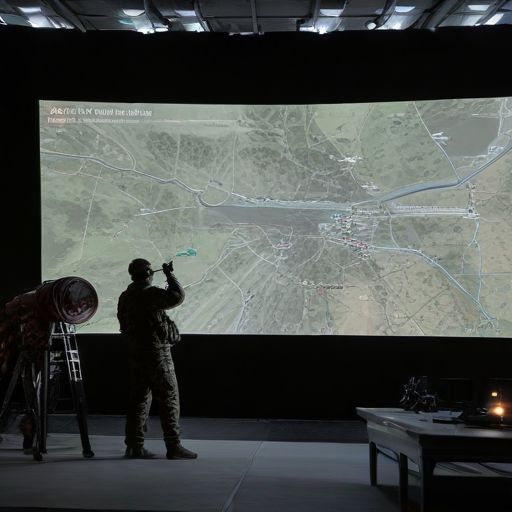On Thursday, Russia initiated a significant missile campaign against Ukraine in response to Ukraine’s recent strike on a military facility in Bryansk. This comes just after Ukraine utilized American-supplied long-range ATACMS missiles against Russian targets, with President Biden having granted permission for such actions just two days prior.
Moscow has consistently cautioned the U.S. and NATO allies against endorsing Ukraine’s use of Western missiles to strike deep into Russian territory. Biden’s recent approval prompted stern warnings from Russian lawmakers and media, reinforcing fears that U.S. involvement might escalate the ongoing conflict, potentially leading to a larger global confrontation.
In contrast, the U.S. and its allies maintain that Russia is the aggressor, pointing to developments such as the deployment of North Korean soldiers to strengthen Russian forces. Although there were indications of an imminent Russian response to Ukraine’s missile use, the anticipated attack did not occur until Thursday morning, hitting various Ukrainian cities with Dnipro suffering the most damage.
While the Ukrainian Air Force suggested that Russia may have deployed an intercontinental ballistic missile (ICBM) for the first time, U.S. officials later clarified that it was likely an intermediate-range ballistic missile. Reports indicated the missile was launched from eastern Russia, highlighting a considerable range of approximately 500 miles.
Ukraine’s President Volodymyr Zelenskyy claimed that the characteristics of the missile aligned with an ICBM, and he accused Russia of using Ukraine as a testing ground for its advanced weaponry. The U.S. preemptively informed Ukraine of the possibility of such escalatory actions through established nuclear risk reduction channels, emphasizing an ongoing commitment to bolster Ukraine’s air defenses with additional Patriot and AMRAAM missiles.
The attack resulted in damage to an industrial site in Dnipro and left at least 15 people injured. Alongside the missile strikes, the Russian assault included Kinzhal hypersonic missiles and various cruise missiles, many of which have been previously deployed in the ongoing war. The Ukrainian Air Force successfully intercepted six missiles during this barrage.
This assault, particularly after the alarming air raid warnings in Kyiv, underscores the persistent anxiety felt by Ukrainians. Many residents express their longing for peace amidst the backdrop of ongoing conflict. Major Taras Berezovets from Ukraine’s Territorial Defense highlighted a pervasive sentiment of fear and the psychological warfare being waged by Putin, aiming to coerce surrender through intimidation tactics.
The geopolitical landscape remains tense, especially with the upcoming U.S. presidential election, where concerns rest on whether President-elect Donald Trump may alter U.S. support for Ukraine, potentially forcing a truce that could disadvantage Ukraine.
Despite the ongoing turmoil, the resilience and hope of the Ukrainian people shine through. Their determination to defend their homeland and desire for peace remain strong, illustrating an unwavering spirit in the face of adversity.
In summary, the recent missile exchanges between Russia and Ukraine highlight the volatile and evolving nature of the conflict, emphasizing both military escalation and the psychological dimensions of warfare, while also underscoring the hopes for a peaceful resolution among the affected populations.
